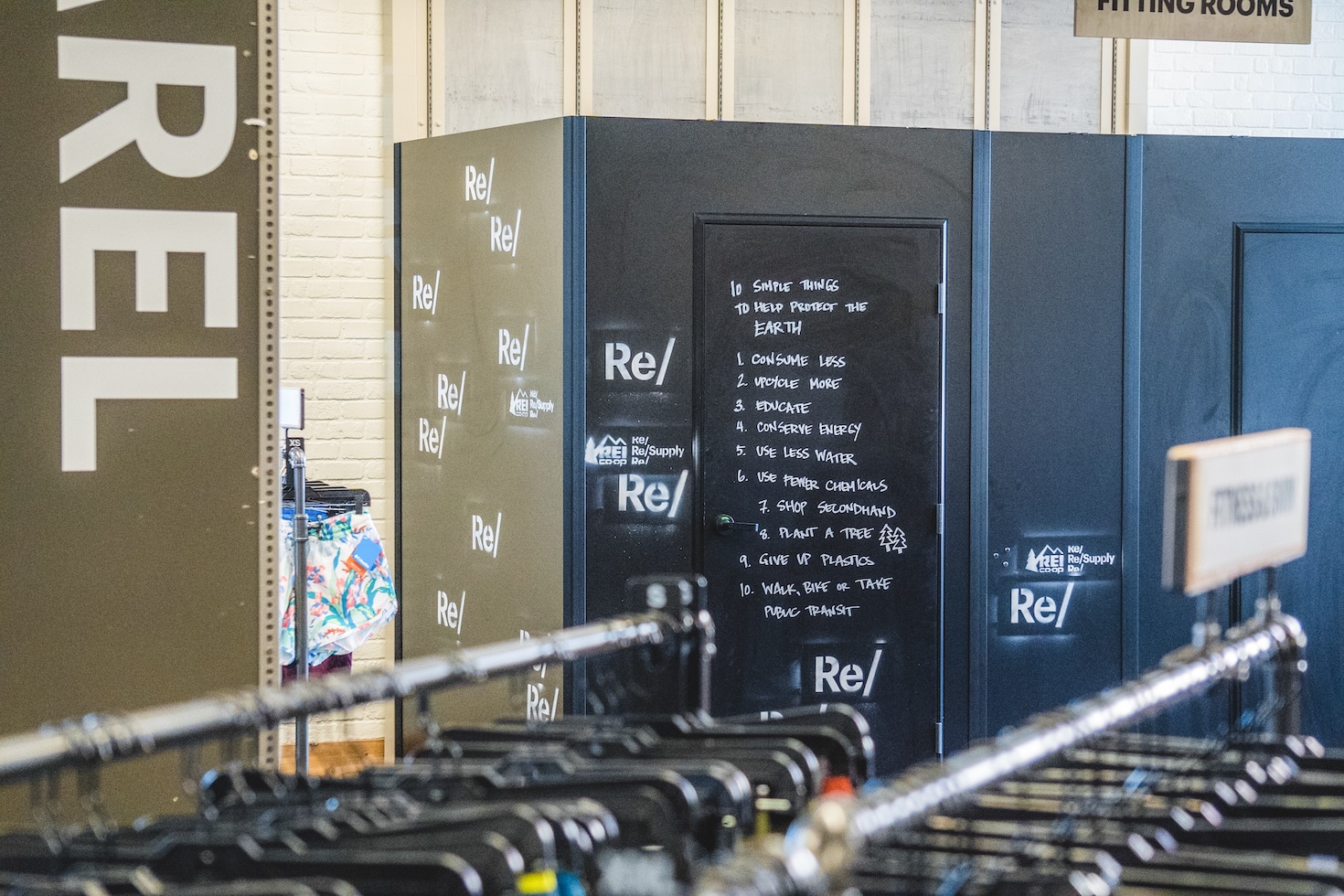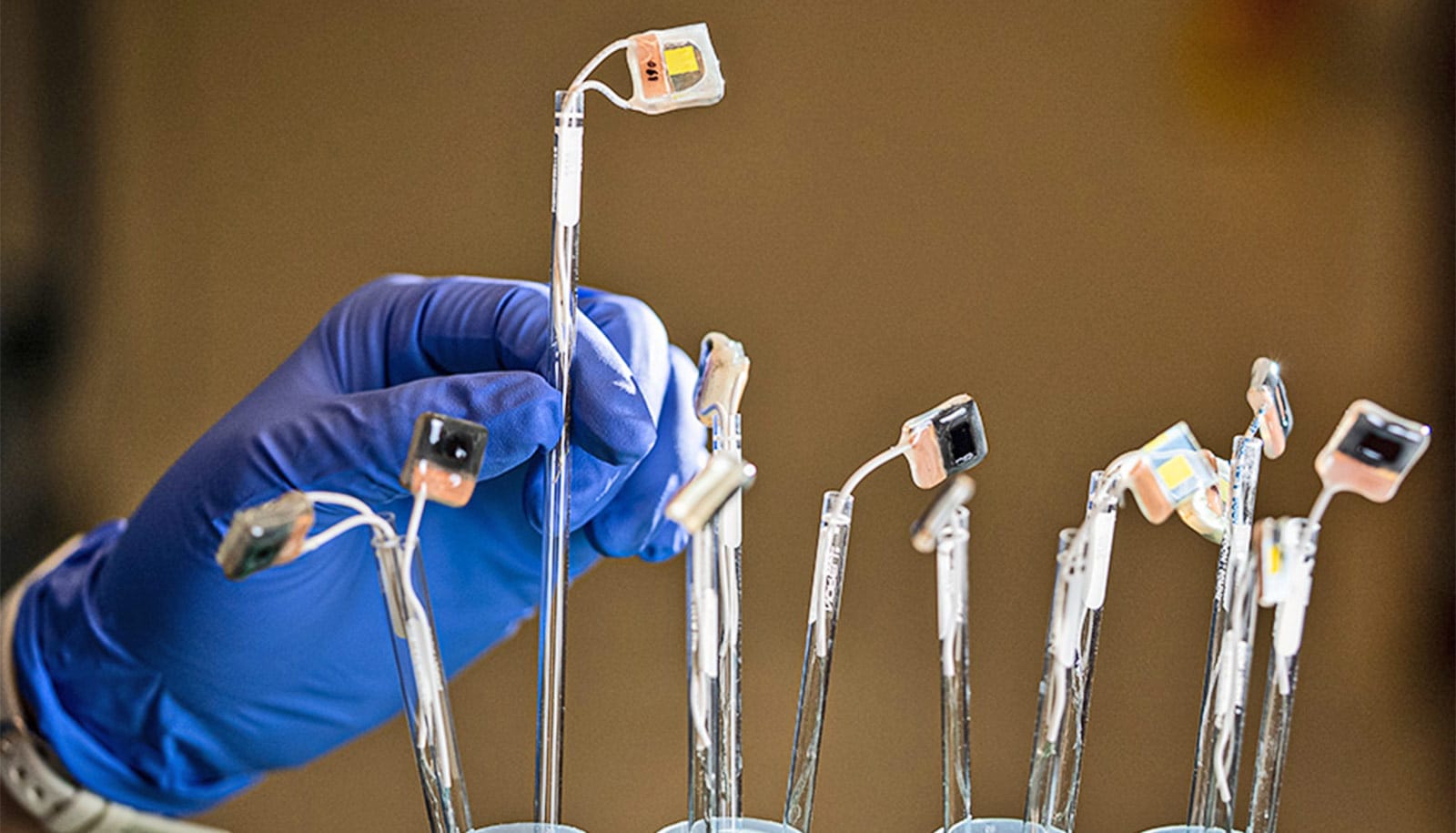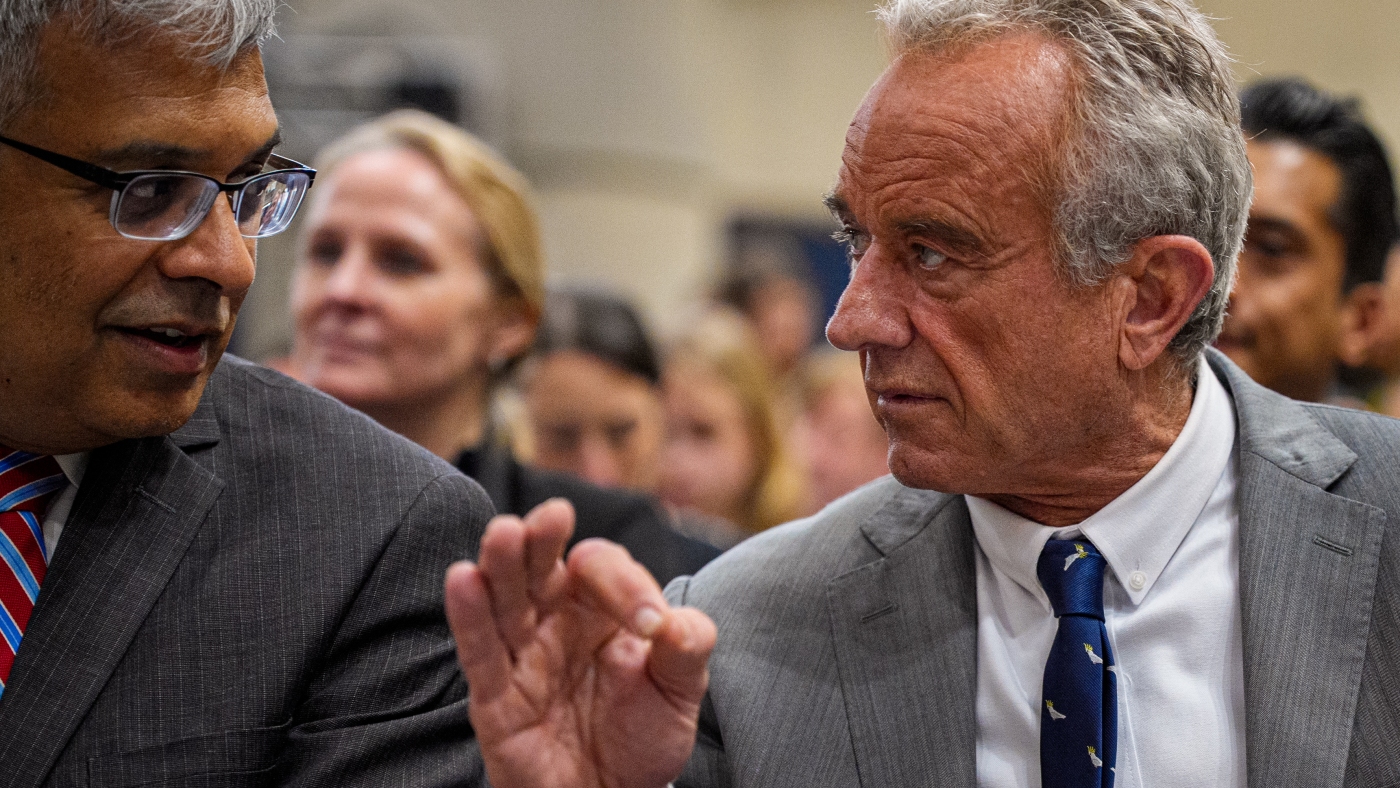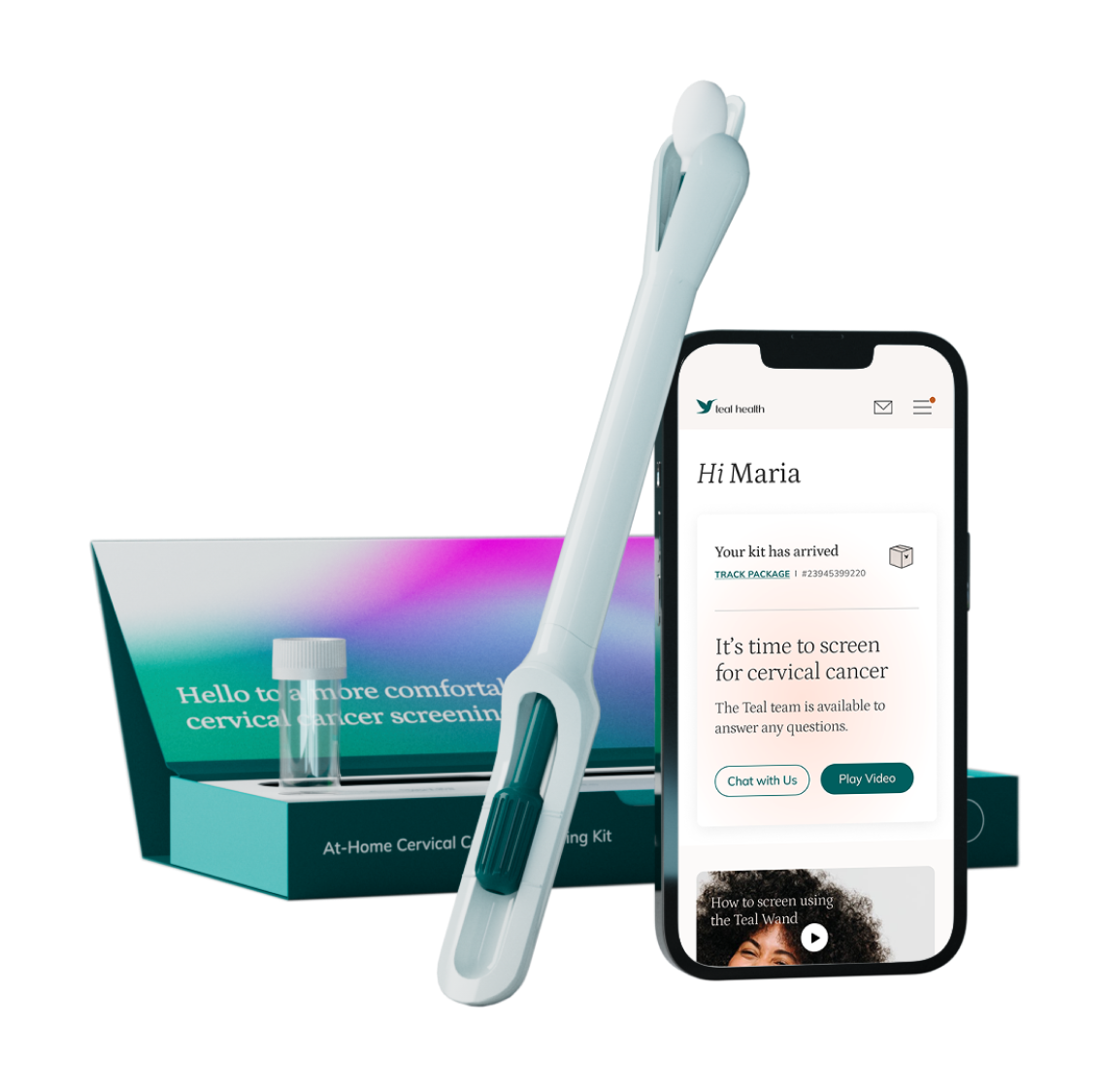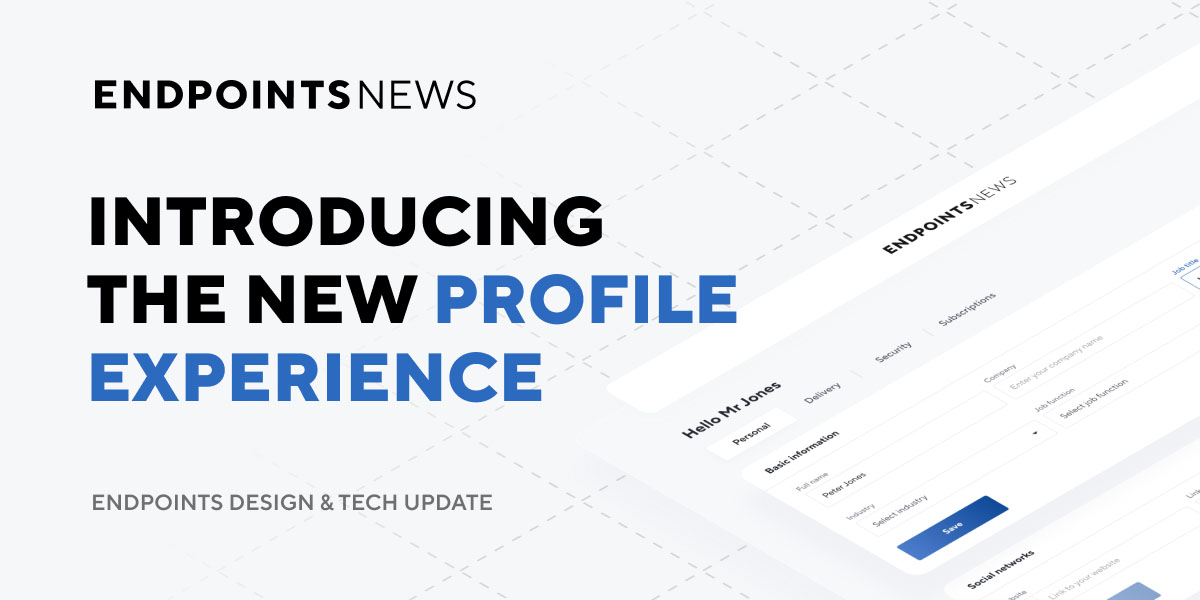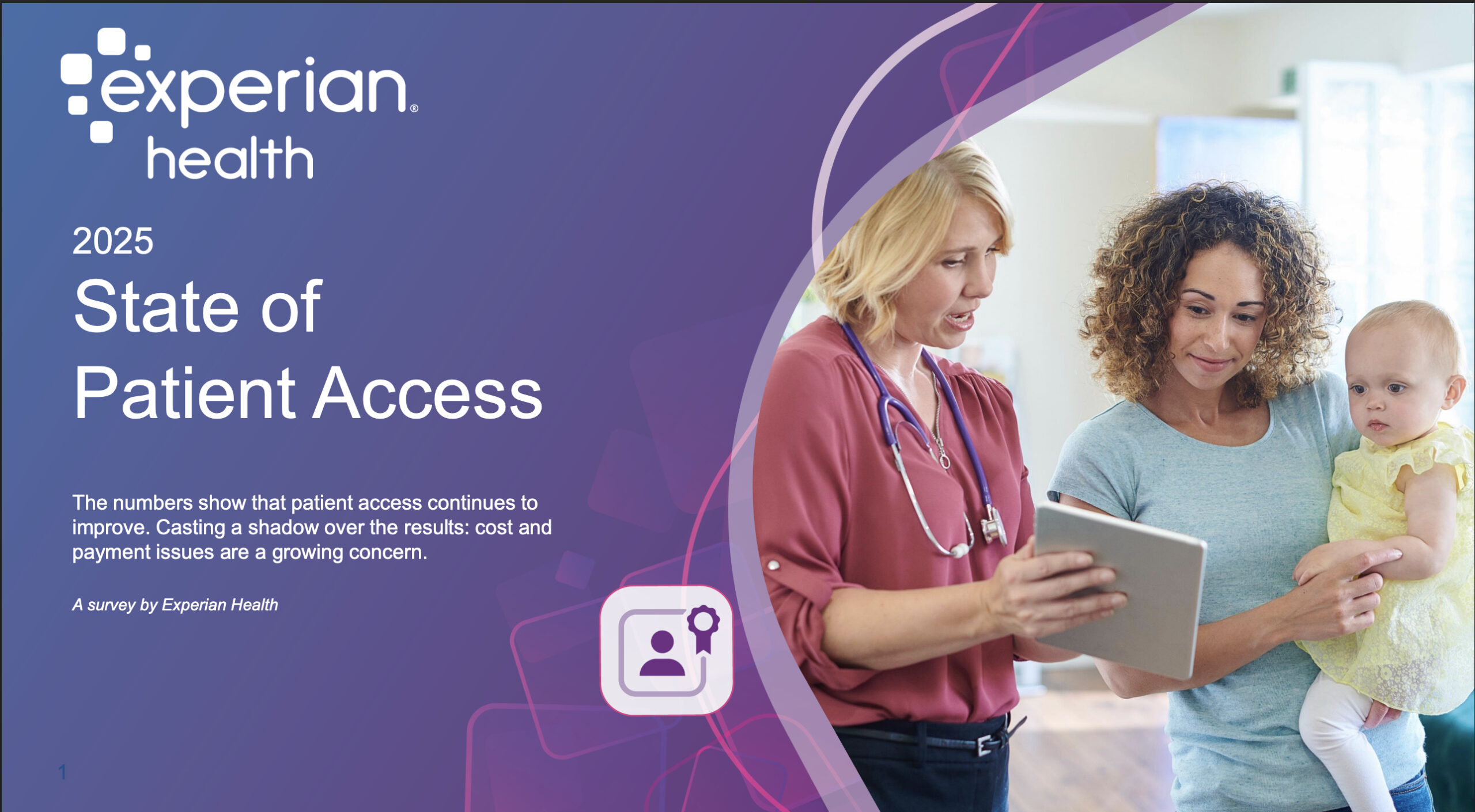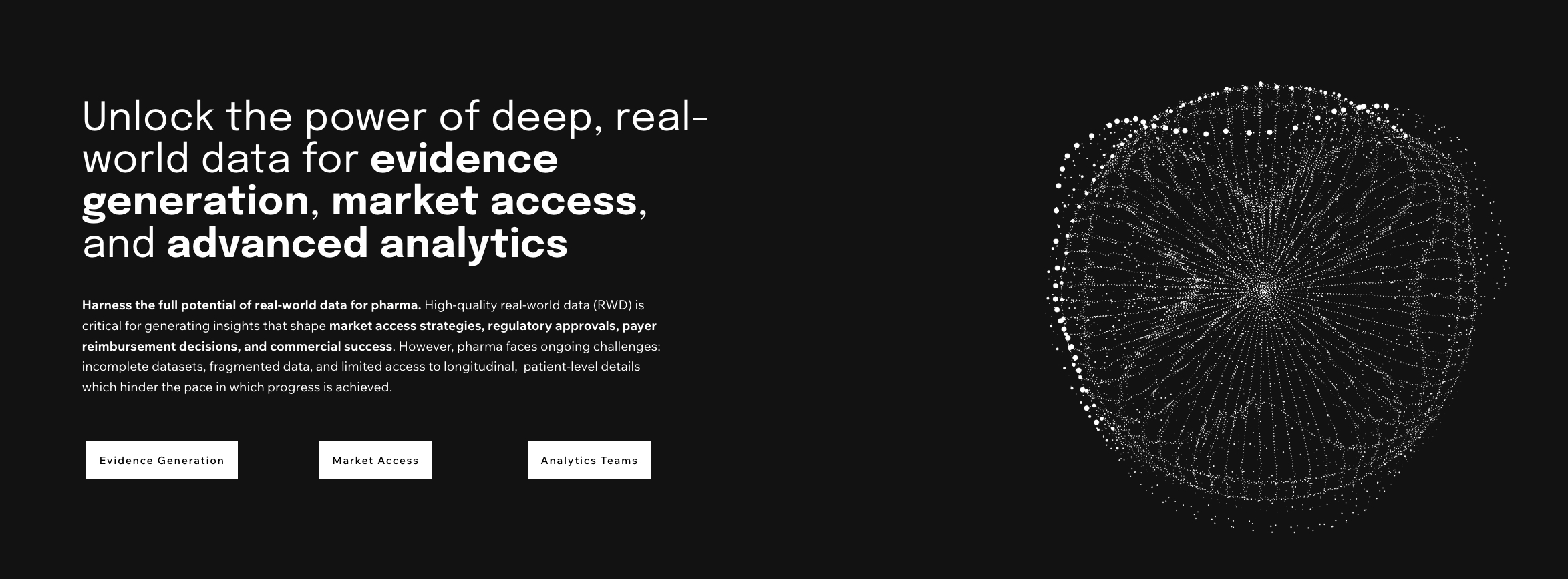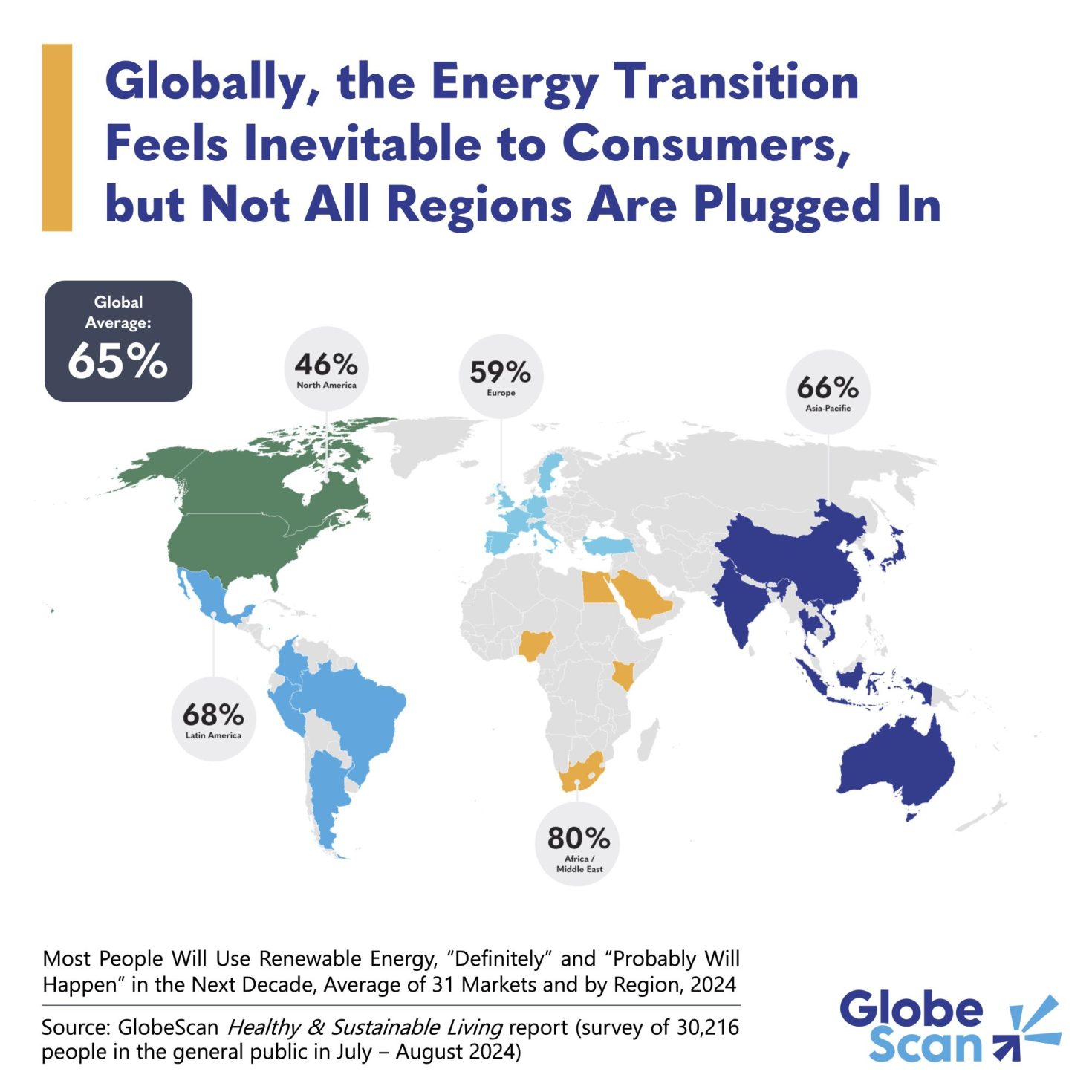Beyond Patient Portals: Defining the Clinician Digital Front Door
First impressions are everything. Almost everyone working in healthcare understands that. And it’s not just clinicians. The architect who designed the front lobby of a hospital or the website developer who ensures the ease of use of a health system’s digital presence understands how important that first impression is. Patients come first in healthcare, and ... Read More


First impressions are everything. Almost everyone working in healthcare understands that. And it’s not just clinicians. The architect who designed the front lobby of a hospital or the website developer who ensures the ease of use of a health system’s digital presence understands how important that first impression is. Patients come first in healthcare, and that’s true when focusing on patient access or simply creating a welcoming environment. It is just as important to focus on the impact that the digital front door has on clinicians. They are the lifeblood of every healthcare delivery organization. I am not suggesting that a hospital redesign a lobby to appease an orthopedic surgeon, but redesigning how a health system engages with, onboards, and manages clinicians and their data is vital for a modern health system.
Knocking on the Door
When we think of a digital front door in healthcare, we usually think of a patient digital front door. A suite of technologies like self-scheduling, virtual check-ins, or patient access to medical records. A report from CBInsights estimates that investors funded companies in this space to the tune of $2 billion in 2021. These investments were out of necessity. A strong patient digital front door offers a seamless care experience, allowing for greater patient retention and increased access to telehealth options.
Our current healthcare workforce faces a dire situation. In response, health systems must expand their focus from their patient digital front door to a clinician digital front door. According to the American Association of Medical Colleges, the U.S. will face a shortage of 124,000 physicians over the next decade. That is exacerbating the working conditions that healthcare workers are already facing. Nearly half of physicians say they’re experiencing burnout in the workplace. You can’t make new physicians overnight. The industry needs to implement creative problem-solving to address this current and looming workforce shortage. One way is to replicate the effort put forth to create an improved patient digital front door and implement a strong clinician digital front door.
A clinician digital front door is the use of data, automation, and technology to improve the career journey of clinicians. It’s a front door, so it starts even before the job application process as a health system works to identify the best possible candidate to fill a role. Once a clinician is hired, they are typically inundated with paperwork and inefficient fetching of information. Imagine if the day after Lebron James was recruited to play for the Lakers, they asked him to spend the next 5-8 weeks proving he was who he said he was. Collecting and verifying clinician data—including work history, affiliations, case logs, and credentials—takes 3 to 4 weeks. This significant lag drains an organization’s revenue and capital, as highlighted by a recent AMN Merritt Hawkins study showing the average physician generates approximately $38,000 in revenue per work week. And when a provider organization loses one physician, it’s expensive. It can cost a hospital $88,000-$1,000,000 to replace a physician when factoring in recruitment, lost revenue, and onboarding.
Opening the Door
So, what can a health system do to provide a better digital experience for its workforce?
- Accessing comprehensive, accurate provider datasets fuels AI and automation, revealing opportunities to enhance recruiting and modernize existing systems.
- Enhance recruitment: Use available clinician data to precisely recruit specific specialty needs. This allows health systems to be more proactive in the recruiting process, compared to reactive.
- Leverage AI & automation: Leveraging artificial intelligence can spot patterns in clinician workforce data that will allow health systems to understand upcoming needs before shortages become problematic.
- Modernize credentialing & onboarding: Automation is king in the healthcare credentialing world. Having a clinician’s license, date of birth, and medical school degree auto-populate every time they credential and re-credential saves time and prevents headaches.
The healthcare workforce is one of the country’s most, if not the most, important workforces. It’s struggling. Between clinician shortages and burnout, it needs help. Does updating the digital process a healthcare worker interacts with change all of that? No, it doesn’t. Does it help? Yes. Clinicians have risked their lives for the health of this country, so the least we can do is give them less paperwork. It will lead to better patient care.
About Zachary Phillips
Zachary Phillips is the Chief Growth Officer at Axuall, a clinical workforce intelligence company. Phillips strengthens the company’s client relationships and positions the organization as a leader in advancing workforce technology solutions that streamline healthcare operations and facilitate data-driven decisions. Passionate about improving healthcare, he believes creating a better clinician experience will ultimately lead to improved patient care.














